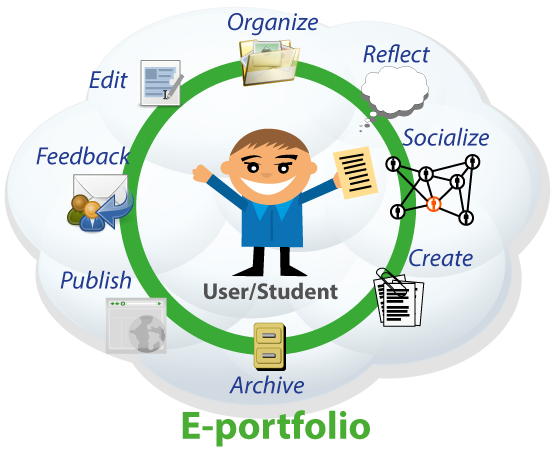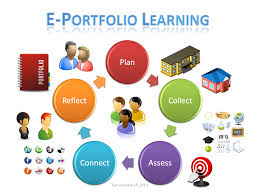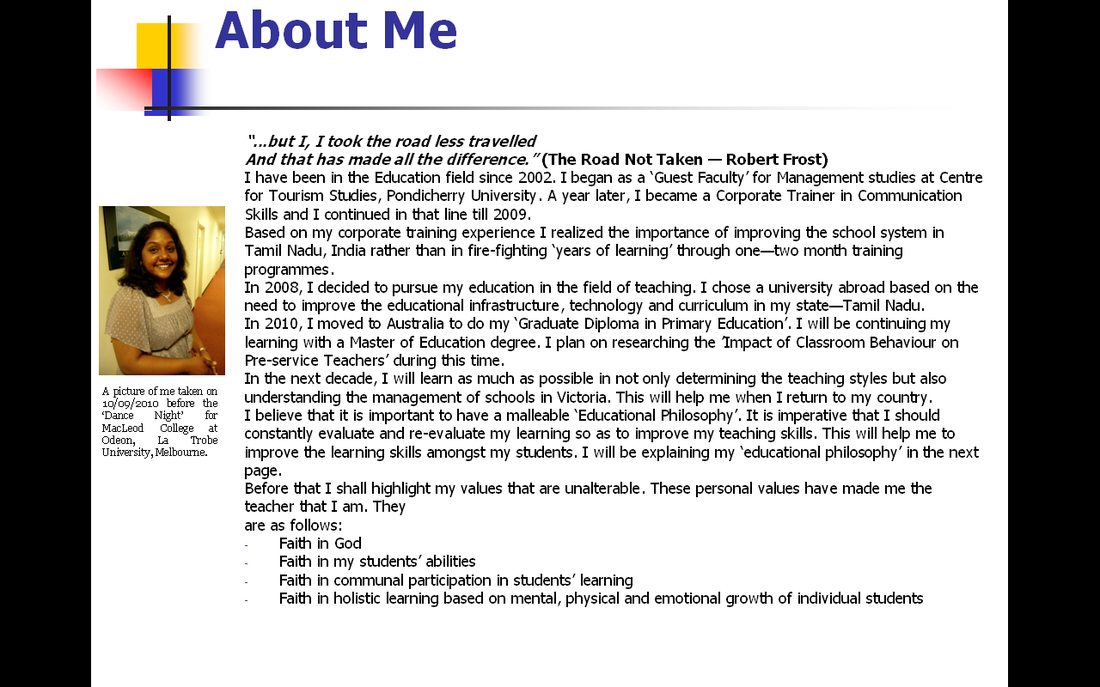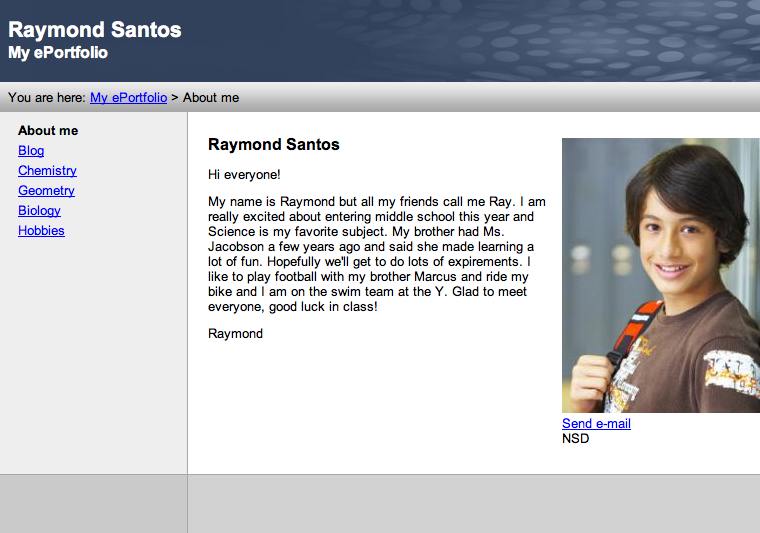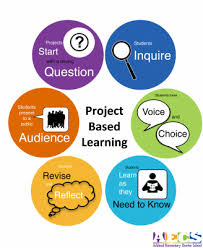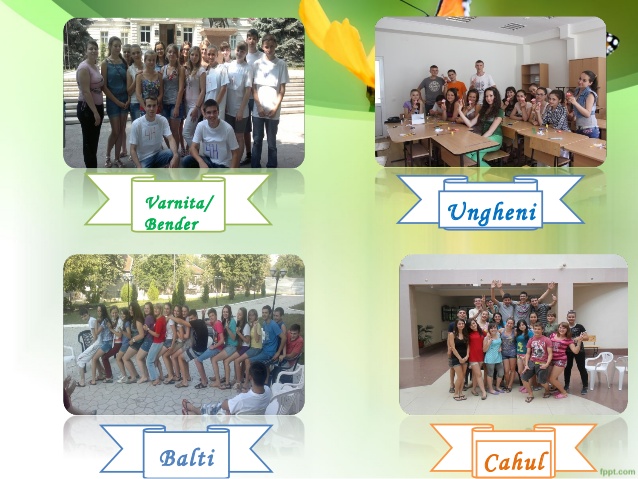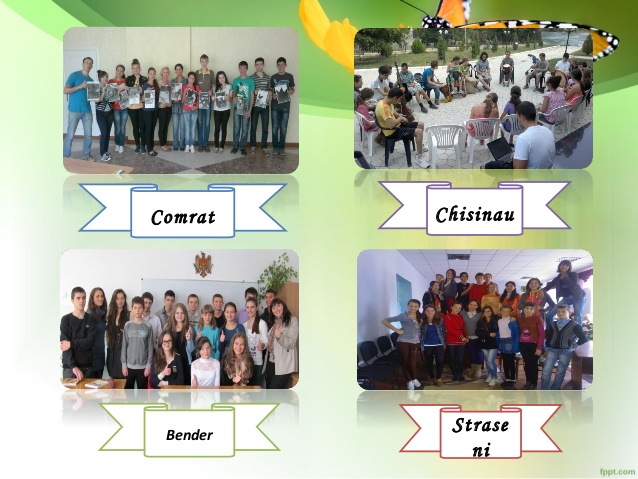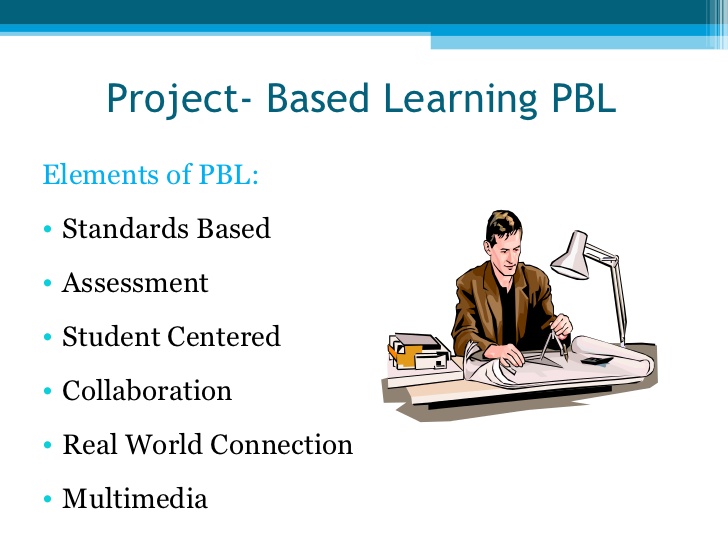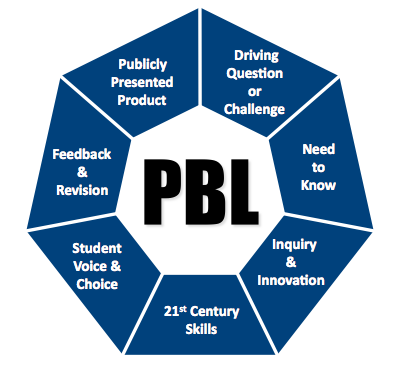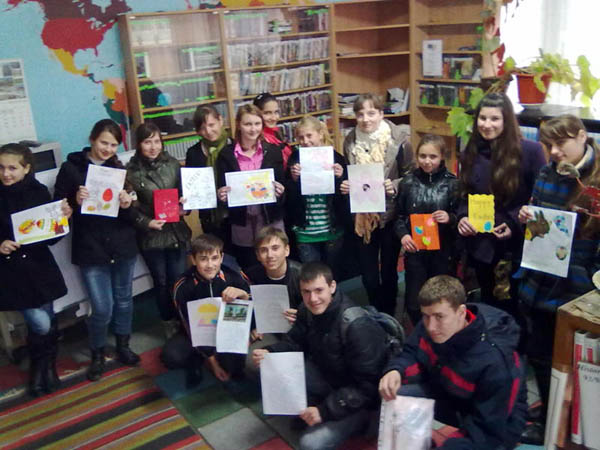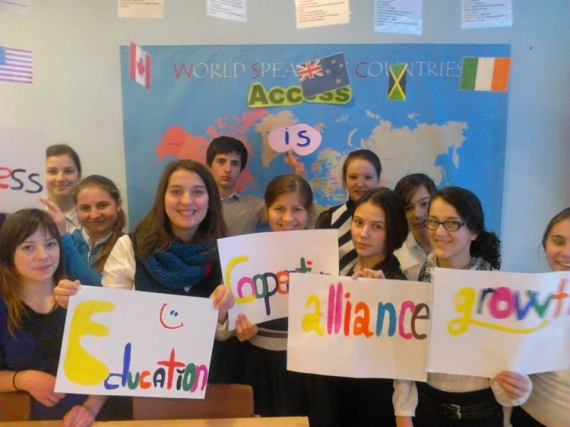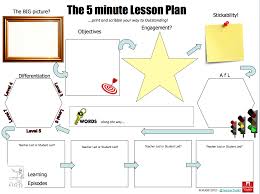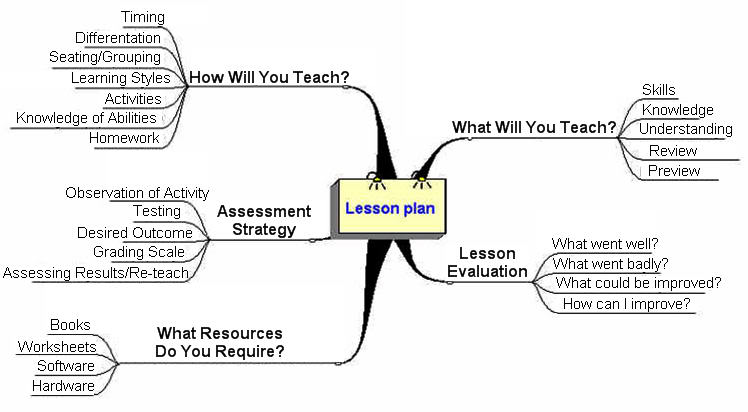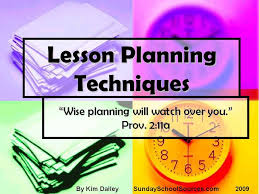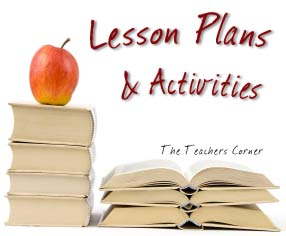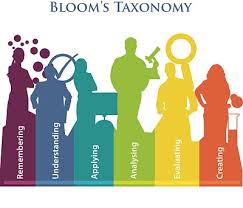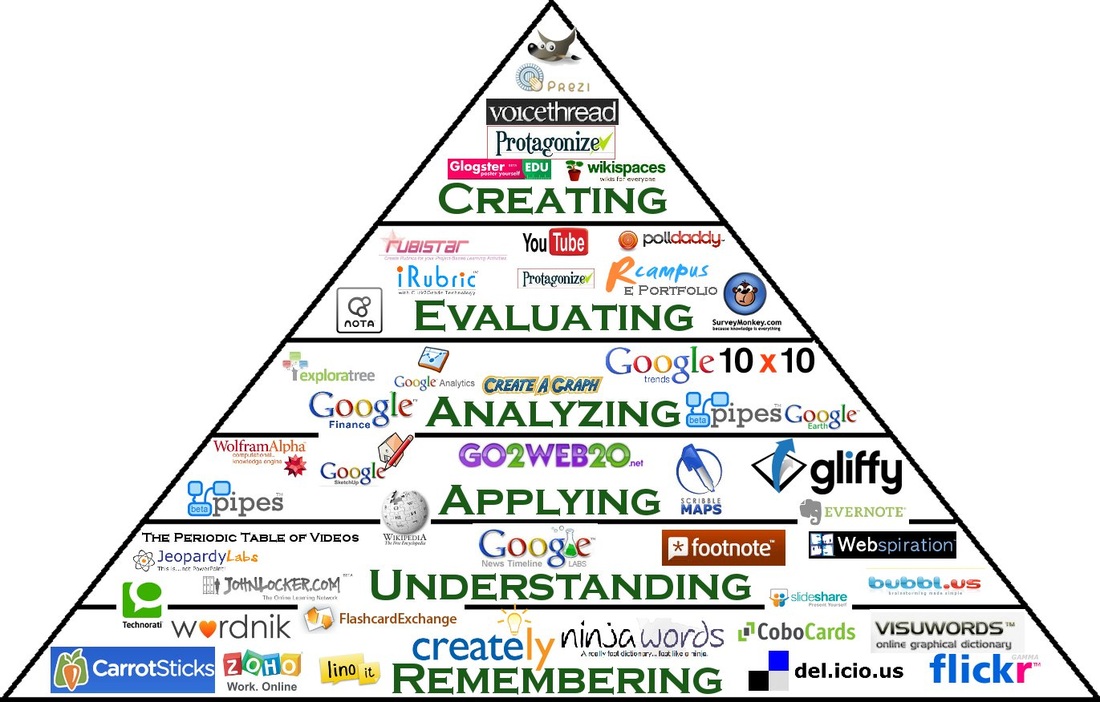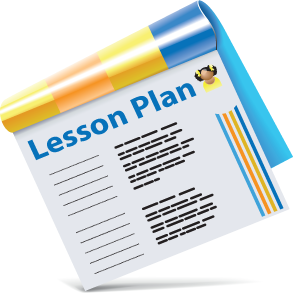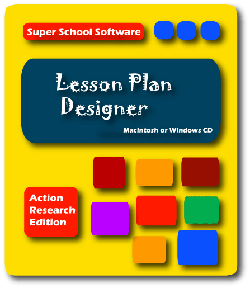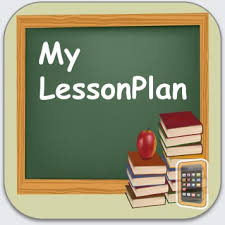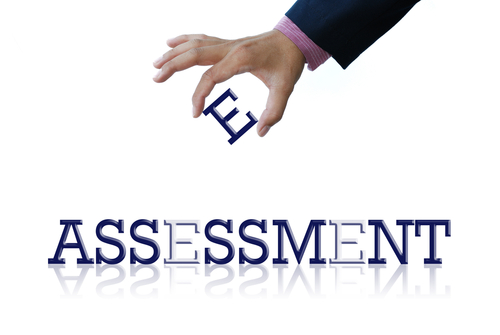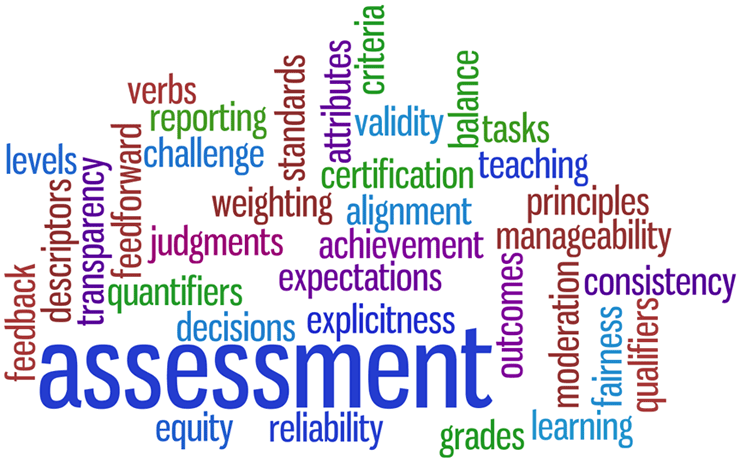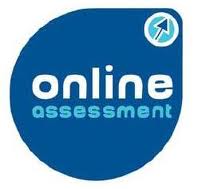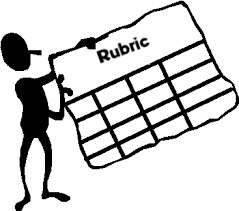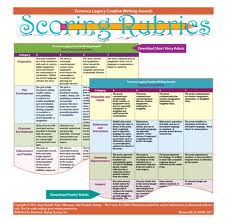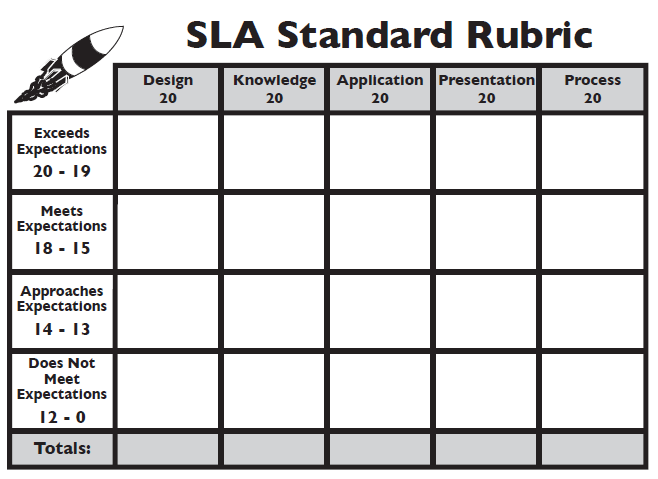Dear EFL teachers,
This week we are going to explore the wonderful world of online project based teaching and learning. Using projects in EFL classes requires complex tasks, based on challenging questions or problems, that involve students in design, problem-solving, decision making, or investigative activities. Online EFL projects give students the opportunity to work relatively autonomously over extended periods of time and culminate in realistic products or presentations. This way, project work encourages motivation, fosters group cohesiveness, and increases expectancy of success in target language, achieving the combination of academic and social goals through language use.
Let's step into the world of projects, and discover an alternative efficient EFL teaching approach.
|
|
|
|
Task 3: The process of developing a project requires from the teacher to be familiar with all stages of a project preparation, and of course, select appropriate project procedures and expected outcomes.
a. Consult the following links:
b. Post your reflections on the following:
· What project topic(s) and finalities /outcomes would be more appropriate to your students’ level and your teaching style (maximum 5 phrases)?
· What challenge(s) might come along in developing and implementing Project Based Instruction with your students (maximum 5 phrases)?
|
Task 4: Carefully analyse the projects below - they will help you identify the stages of a project, the impact each stage would have on students’ motivation and academic and social skills. Explain your ideas in a 50-word paragraph.
Task 5: Study the resources below and create a project assignment for your students related to one of the topics you will be teaching in January or February.
1) Feel free to create your own project or choose one from iEARN orAccess Microscholarship resources.
2) Follow the project template below.
3) Post the assignment on your blog and place the link below, as a comment to this assignment.
Resources:
Project assignment template:
- Project Title;
- Students’ level;
- Project idea;
- Driving question;
- EFL Content Skills and Standards;
- Collaborative Final Products (Use one of the online tools you studied as part of our EFL Blogging School, for e.g. an online poster on glogster.com representing the impact of the national diversity on culture);
- Local & Global Audience;
- Project Steps and schedule;
- Needed materials and resources for each stage;
- Students’ outcomes for each stage (for e.g., a 10-question quiz).
|
|
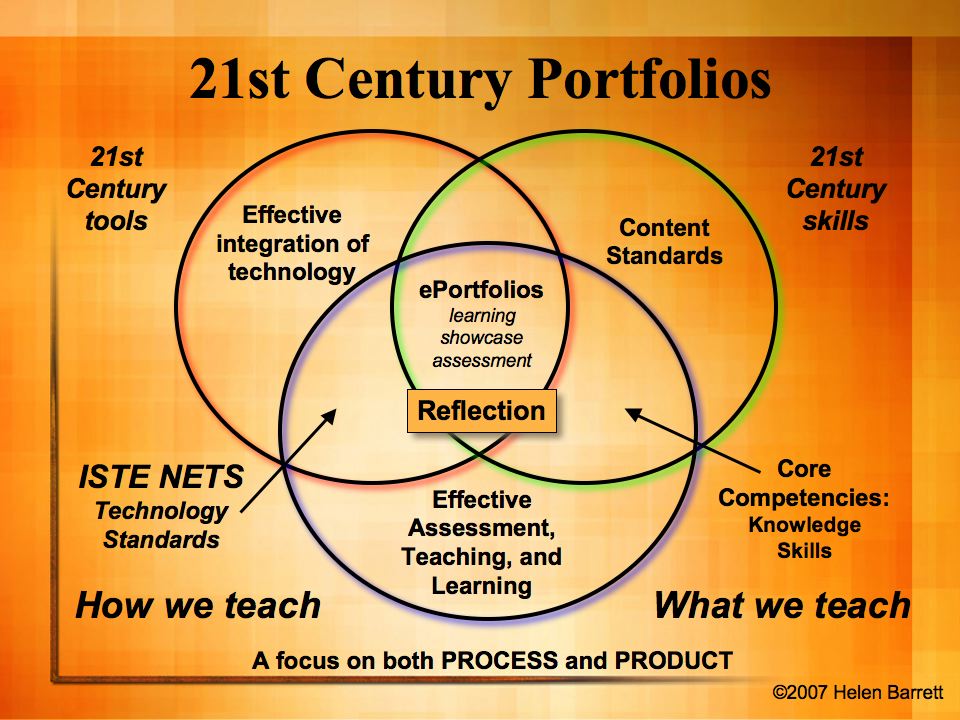 Task 1: Study the resources posted below and write, as a comment for this assignment, your own 100-150 word definition for E-PORTFOLIO, stating the main points such as:
Task 1: Study the resources posted below and write, as a comment for this assignment, your own 100-150 word definition for E-PORTFOLIO, stating the main points such as:
